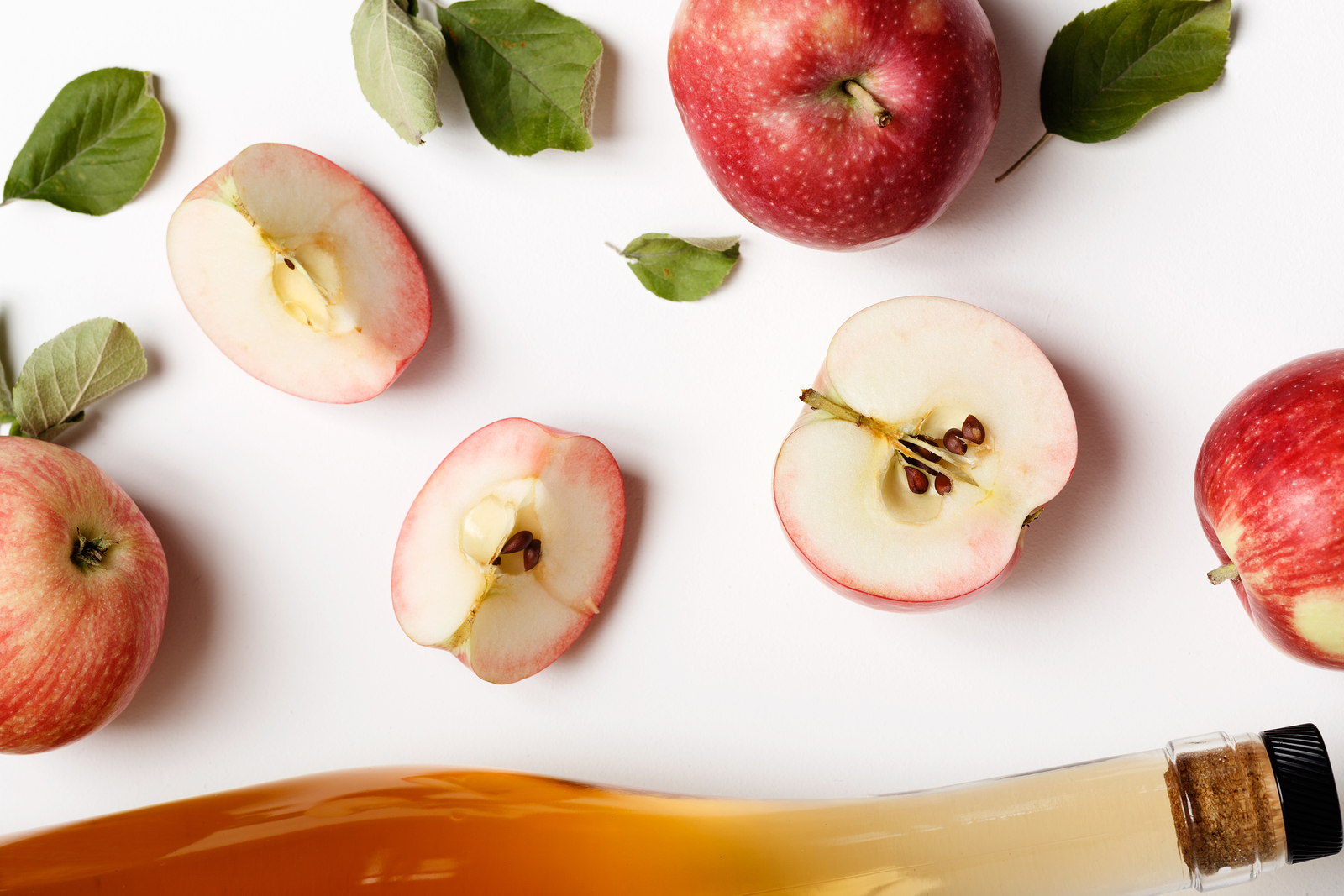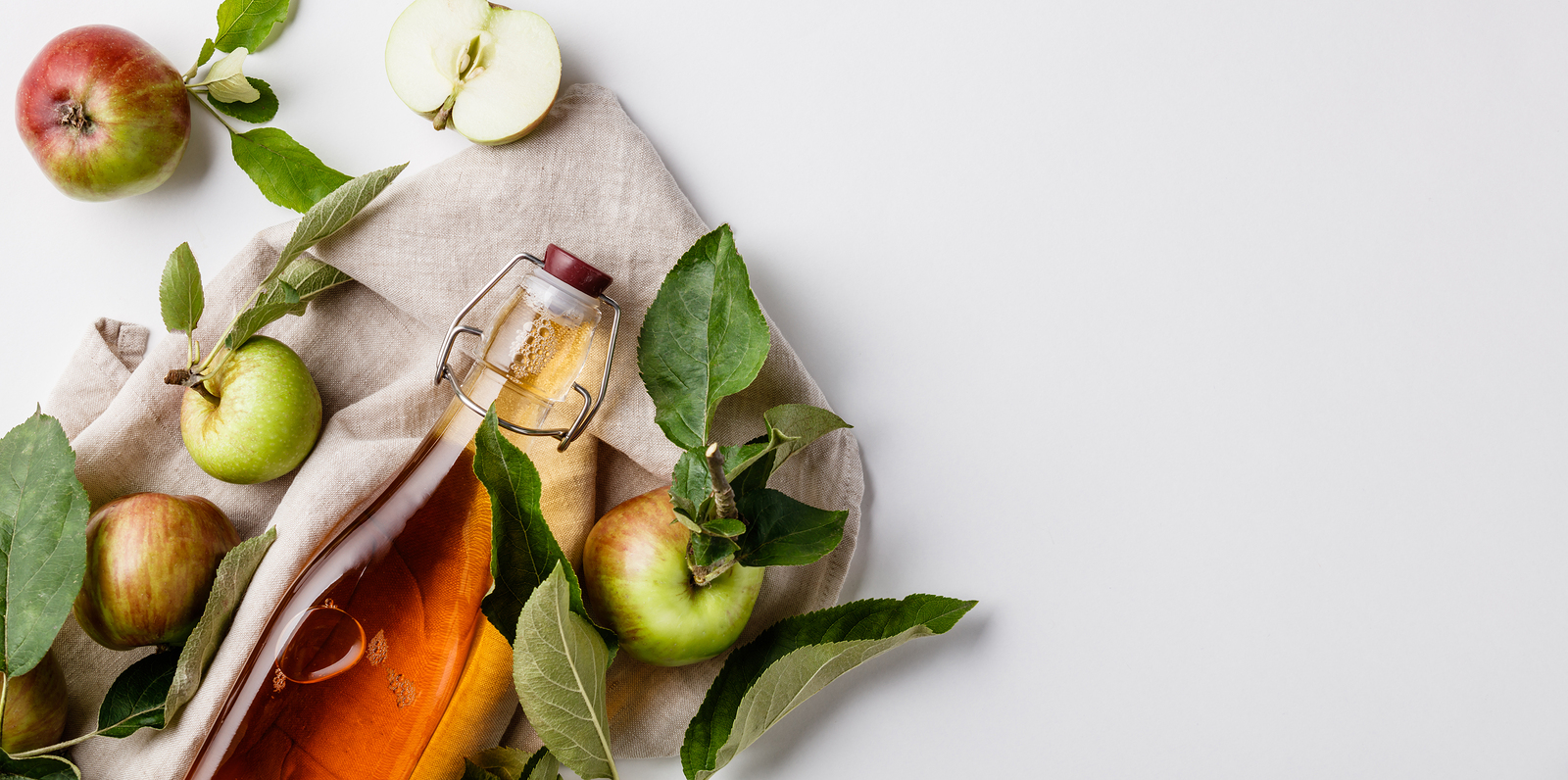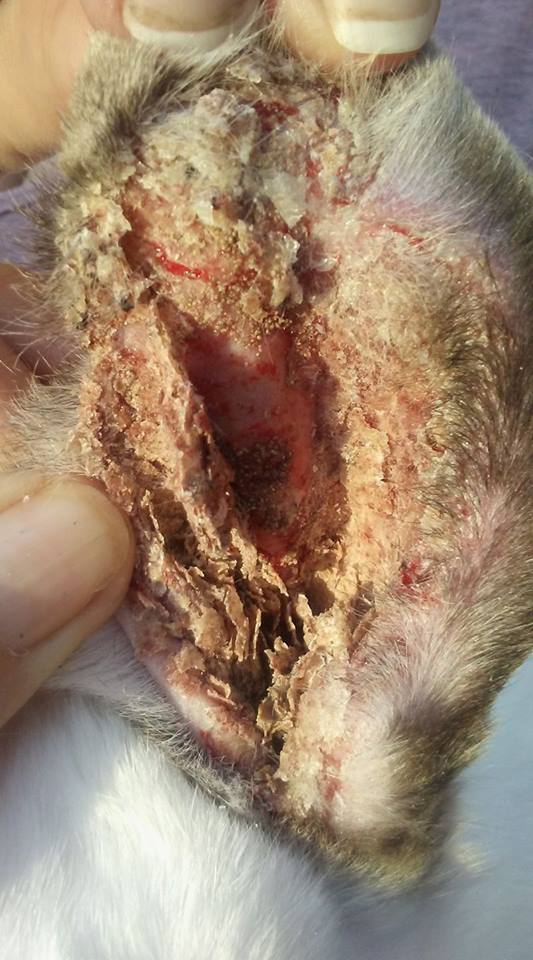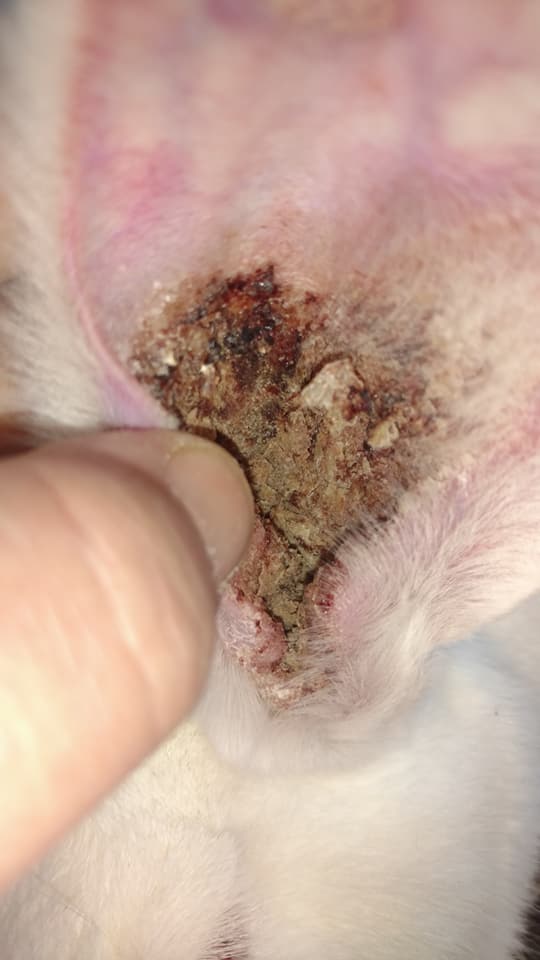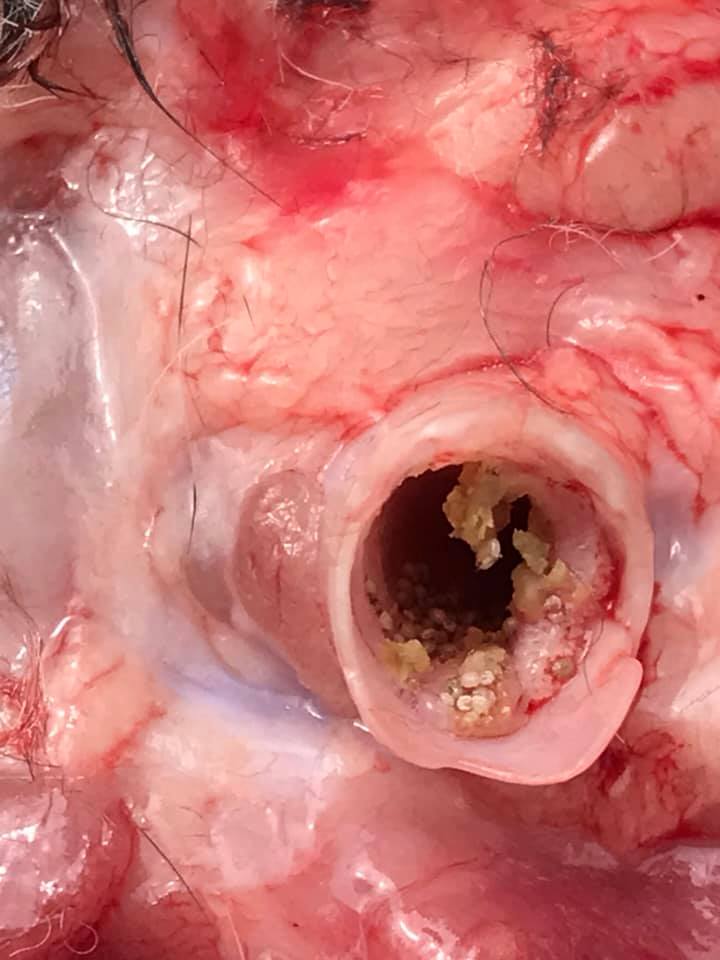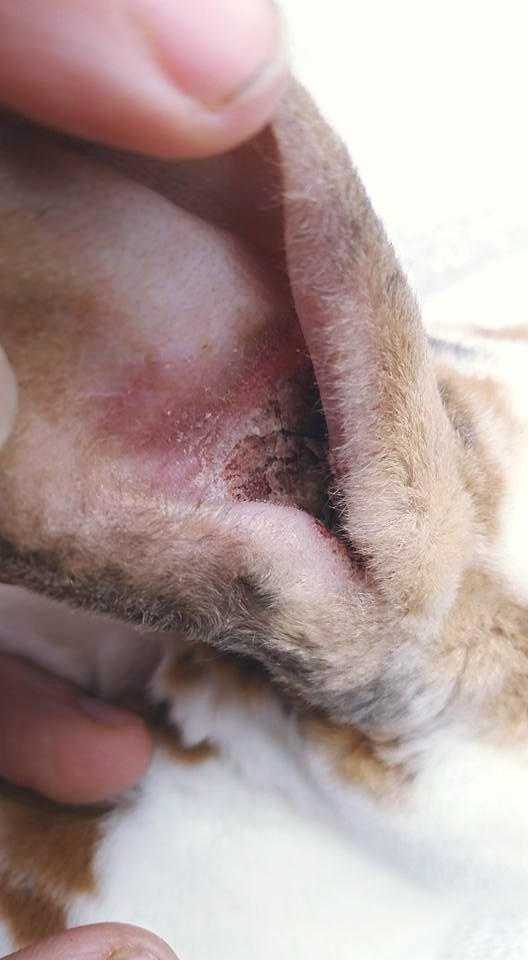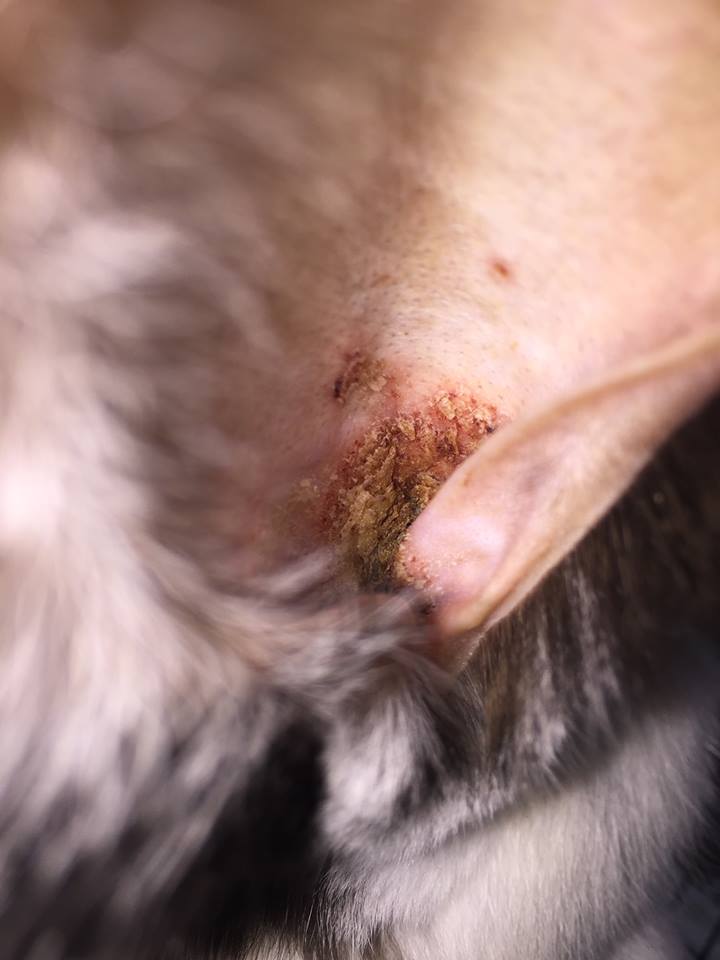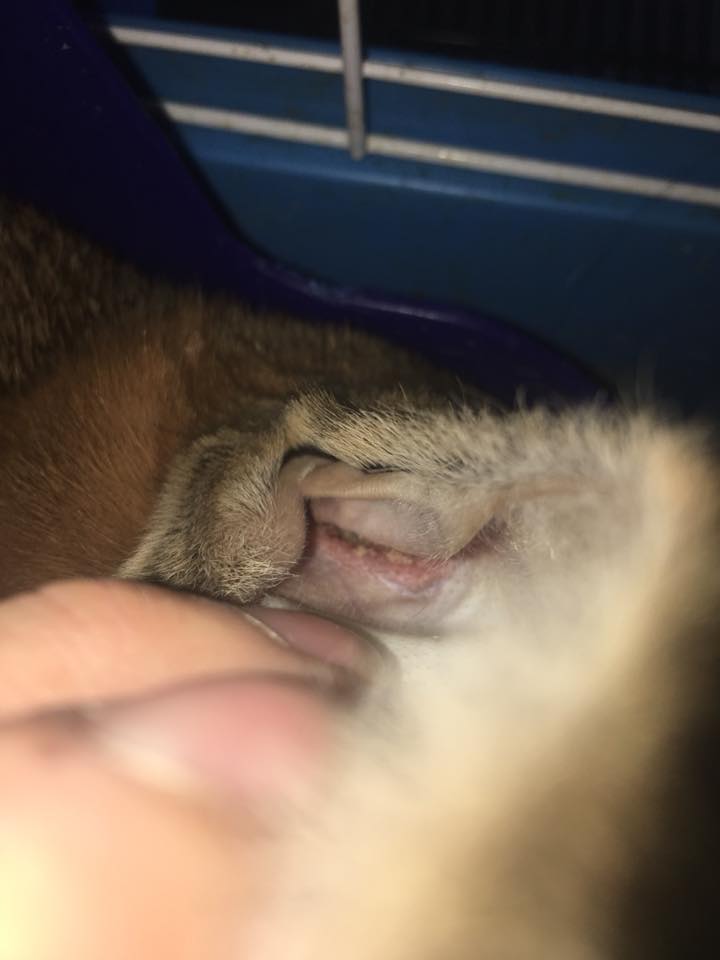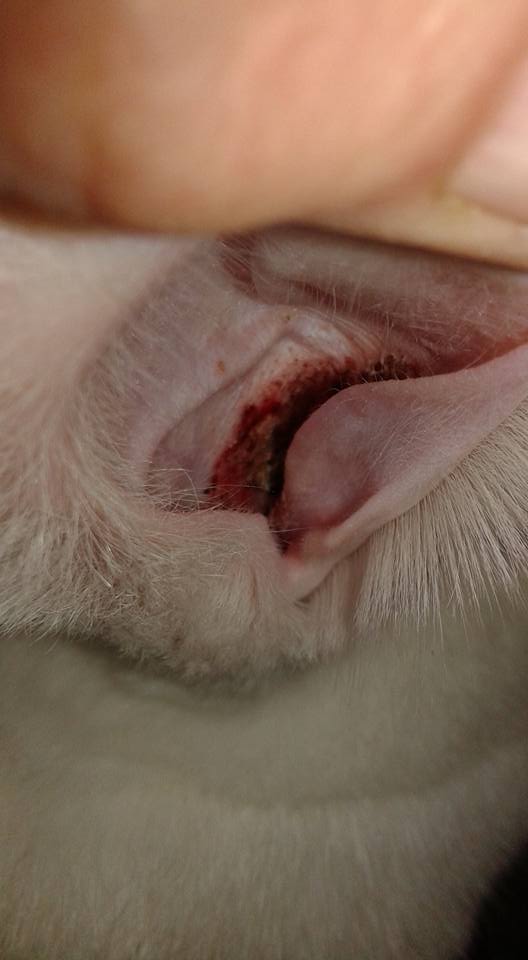7 Warnings About Apple Cider Vinegar Pills
If you’re like me, you think the taste of apple cider vinegar straight from the bottle is unbearable. The good news is that there are several ways to consume apple cider vinegar without suffering through its strong taste. The question is, are apple cider…
